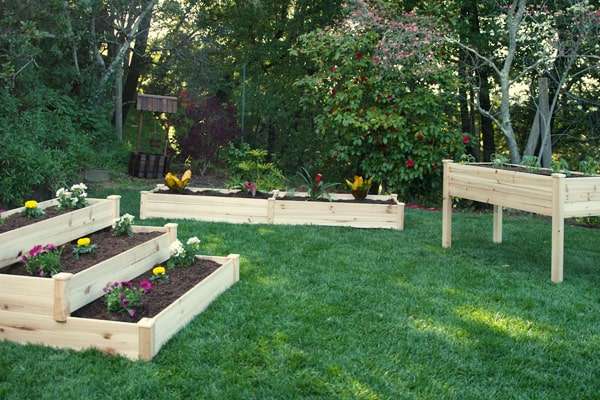In this article, we will explore the pros and cons of elevated garden beds. If you’re interested in off grid living or gardening, this topic may pique your curiosity. We’ll discuss the advantages and disadvantages of using elevated garden beds, so you can make an informed decision for your own gardening endeavors. Let’s dive in and learn more about this gardening technique!
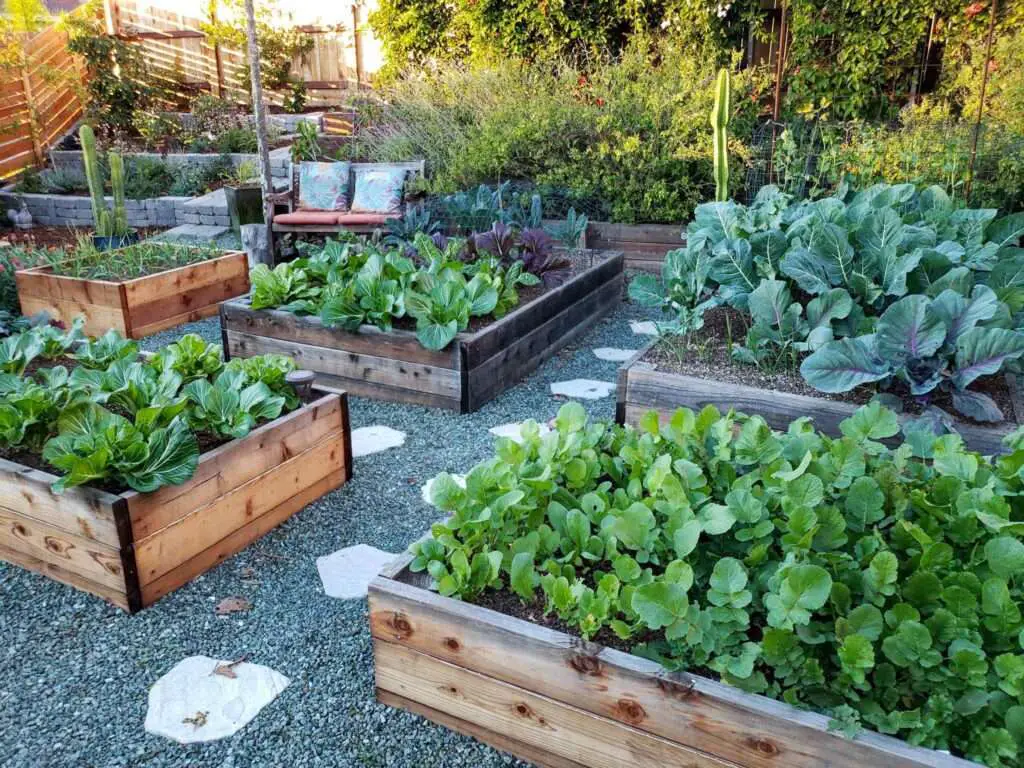
Pros and Cons of Elevated Garden Beds
Gardening is a rewarding and enjoyable hobby that allows you to connect with nature and grow your own food. Whether you have a small backyard or a spacious outdoor space, elevated garden beds are an attractive option to consider. These raised beds offer numerous benefits for gardeners, but they also come with a few drawbacks. In this article, we will explore the pros and cons of elevated garden beds, helping you make an informed decision about whether they are the right choice for your gardening needs.
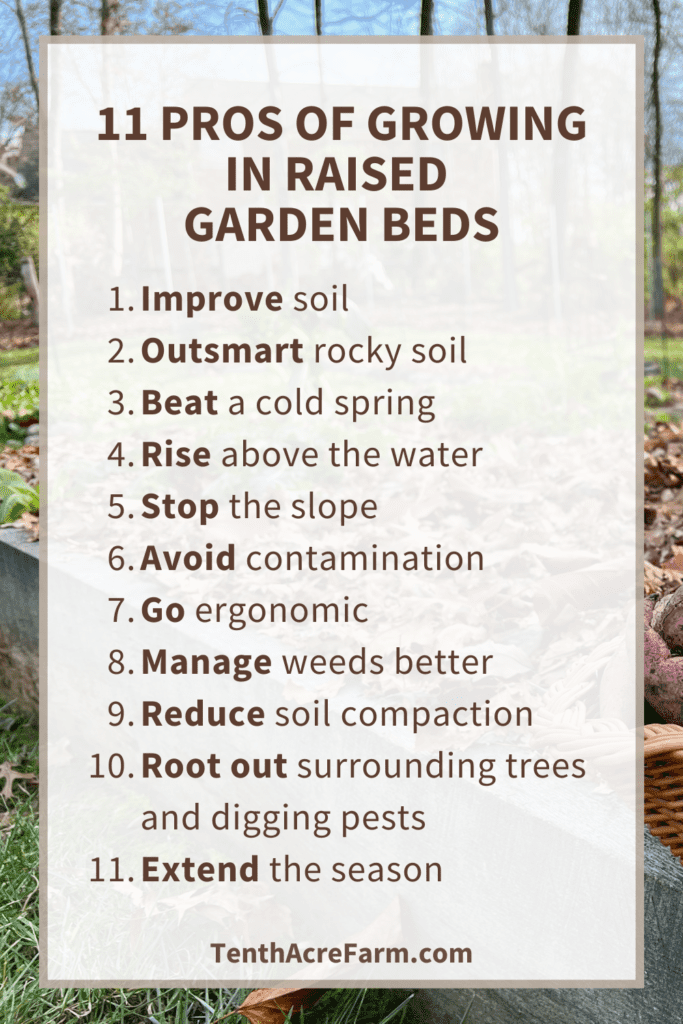
Benefits of Elevated Garden Beds
Optimal Drainage
One of the key advantages of elevated garden beds is their superior drainage system. By elevating the soil, these beds prevent waterlogging, allowing excess moisture to drain away more efficiently. This is particularly beneficial in areas with heavy rainfall or poor soil drainage. Optimal drainage helps plants avoid root rot and other water-related issues, ensuring healthier and more successful growth.
Better Soil Quality
Another significant advantage of elevated garden beds is the opportunity to create and maintain high-quality soil. With raised beds, you have greater control over the soil composition, allowing you to customize it according to the specific needs of your plants. The soil in elevated beds tends to be looser and better aerated, promoting healthy root development and overall plant growth.
Improved Accessibility
If you struggle with bending or kneeling, elevated garden beds can dramatically improve your gardening experience. These raised beds provide a more comfortable working height, reducing the strain on your back and knees. This accessibility feature also makes gardening more enjoyable for individuals with mobility issues or physical limitations.
Pest and Weed Control
Dealing with pests and weeds is a common challenge for gardeners. Elevated garden beds offer some advantages when it comes to pest and weed control. By raising the beds off the ground, you can minimize the risk of pests and weed seeds infiltrating the soil. Additionally, the controlled environment of raised beds makes it easier to implement preventive measures such as installing barriers or using organic pest control methods.
Extended Growing Season
If you live in an area with a shorter growing season, elevated garden beds can help extend it. The soil in raised beds warms up more quickly in the spring, allowing for earlier planting of crops. Similarly, as the beds provide better drainage and heat retention, you can continue growing vegetables and herbs well into the fall, even when the outdoor temperatures start to drop.
Reduced Back Strain
One of the most significant advantages of elevated garden beds is the reduction in back strain. By elevating the soil level, these beds eliminate the need for excessive bending and stooping that traditional gardening often requires. This benefit is particularly advantageous for older individuals or those with back problems, making gardening more accessible and enjoyable for a wider range of people.
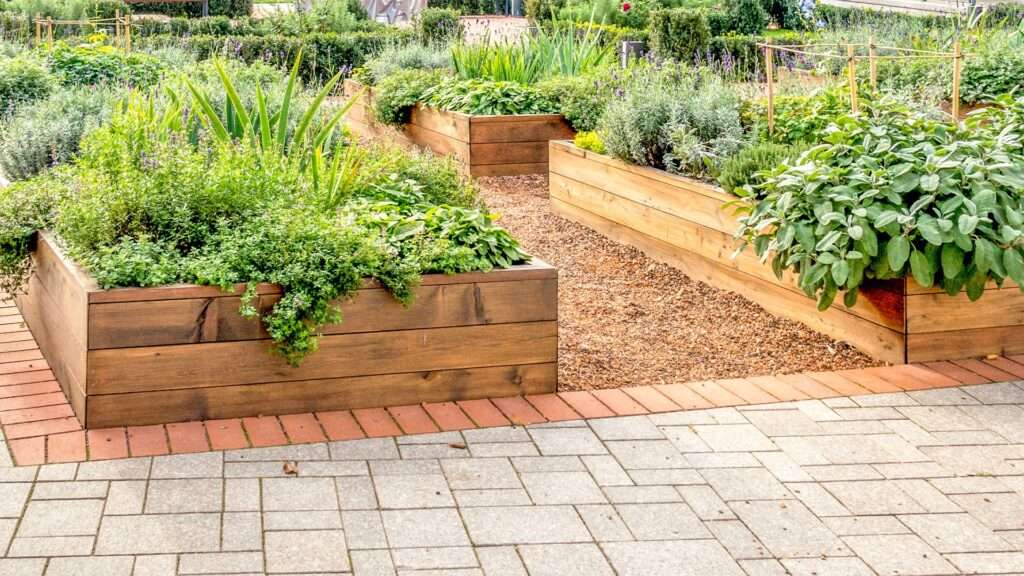
Drawbacks of Elevated Garden Beds
Higher Initial Cost
While elevated garden beds offer numerous benefits, they do come with a higher initial cost compared to traditional in-ground gardens. The expense of materials, including lumber, screws, and soil, can add up quickly. Additionally, if you are not skilled in construction, you may need to hire labor to build the raised beds, further increasing the overall cost.
Limited Plant Variety
Another drawback of elevated garden beds is the limited plant variety they can accommodate. Certain crops, such as those with deep root systems or aggressive spread, may not thrive in raised beds. Additionally, the restricted space may not be ideal for large plants or those that require extensive horizontal growing room. It’s important to carefully consider your desired plant variety and their compatibility with elevated beds before making a decision.
Increased Watering
Elevated garden beds have a greater evaporation rate compared to in-ground gardens, resulting in increased watering needs. The elevated position of the beds exposes the soil to more sun and wind, causing moisture to evaporate more quickly. As a result, you may need to water your plants more frequently to maintain optimal soil moisture levels.
Potential Structural Damage
While elevated garden beds are generally sturdy and durable, they can be vulnerable to strong winds or extreme weather conditions. The raised position of the beds exposes them to more atmospheric elements, increasing the risk of structural damage. Additionally, if the beds are not properly built or maintained, there is a potential for rot or decay over time, undermining their structural integrity.
Challenges with Deep-Rooted Crops
Deep-rooted crops, such as carrots or potatoes, may face challenges when grown in elevated garden beds. The limited depth of soil in these beds can restrict root growth and inhibit the accessibility of nutrients. This can affect the overall health and productivity of the plants. If you frequently grow deep-rooted crops, it’s important to consider alternative gardening methods or adjust the design of your elevated beds to accommodate their specific needs.
Dependence on External Resources
Elevated garden beds require a steady supply of external resources, such as soil amendments, compost, and additional soil. Unlike in-ground gardens, where these resources can be sourced from existing soil and organic matter, raised beds often rely on external inputs to maintain soil fertility and quality. This dependence on external resources can add to the overall cost and effort required to maintain elevated garden beds.
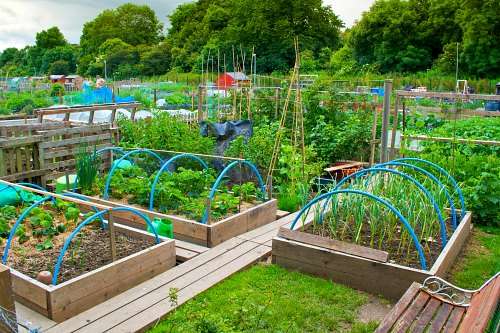
Conclusion
Elevated garden beds offer several notable advantages for gardeners, including optimal drainage, improved soil quality, and better accessibility. They also provide opportunities for effective pest and weed control, extended growing seasons, and reduced back strain. However, it’s important to consider the drawbacks, such as the higher initial cost, limited plant variety, increased watering needs, potential structural damage, challenges with deep-rooted crops, and dependence on external resources.
When deciding whether to use elevated garden beds for your gardening endeavors, it’s essential to assess your personal preferences, garden goals, and specific plant requirements. Consider the pros and cons outlined in this article, weighing them against your unique circumstances and gardening needs. With careful consideration, you can determine if elevated garden beds are the right choice to enhance your gardening experience and help you achieve a thriving, bountiful garden.





